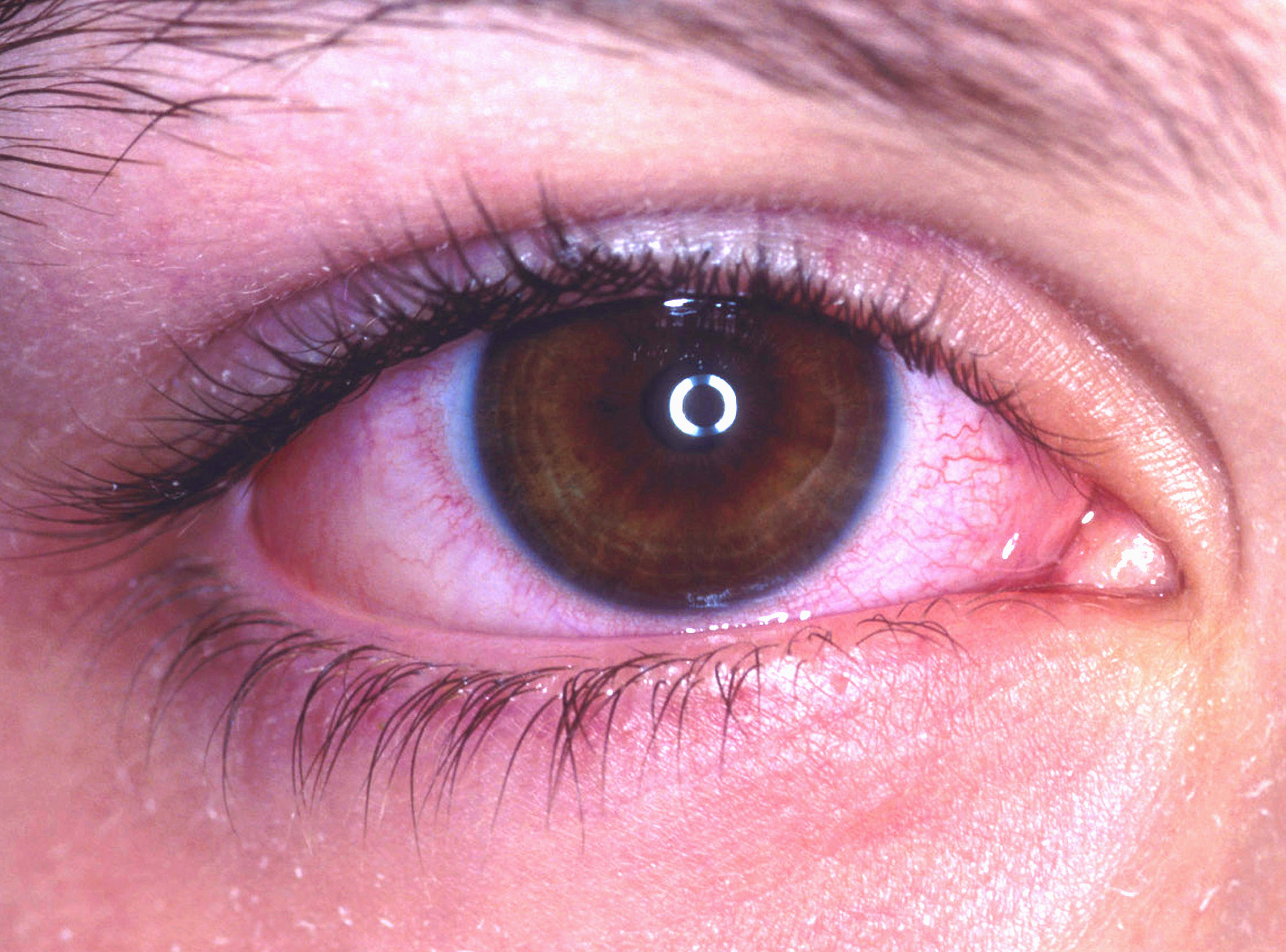This condition tends to occur when insufficient tears are produced or when the tears that are made don’t have the correct consistency and so evaporate too quickly. It is more common in older people and in women.
 Symptoms include:
Symptoms include:
- Redness
- Stinging or a burning sensation
- Gritty, irritated feeling
- Temporary blurred vision
- Decreased tolerance for reading or working on a computer.
Possible causes include:
- Hormonal changes (e.g. menopause, pregnancy)
- Certain medicines (e.g. antihistamines, oral contraceptives)
- Wearing contact lenses
- Recent laser eye surgery
- Environmental factors (e.g. low humidity, wind, high altitude, exposure to smoke, high pollen levels)
- Prolonged reading, using a computer, etc
- Other health conditions (e.g. rheumatoid arthritis, diabetes, allergies, blepharitis).
There is no cure for dry eye syndrome, and some people may suffer from recurring episodes throughout their lives. However, OTC treatments, coupled with relevant lifestyle changes, can relieve symptoms.
Don't forget!
Tears are not simply water – they are a complex, balanced mix of chemicals that help keep eyes healthy. Every time we blink, a thin layer of tears spreads across the eye’s surface. This film forms a protective coating, lubricating the eye and washing away foreign material.
